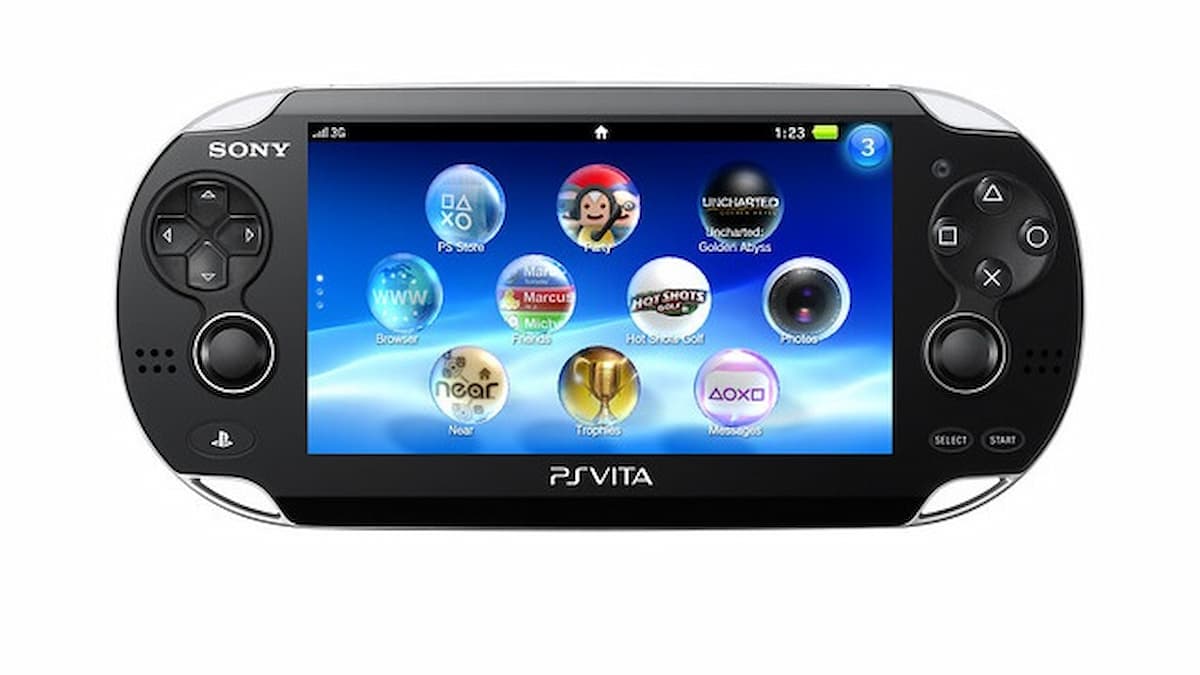Sony has not had many misses when it comes to its console offerings. The PlayStation has consistently sold well, even if the most recent generation has struggled with supply issues and scalpers. But hidden away in the string of sales success stories that is the PlayStation line is the Vita. The console was released in North America 15 years ago today and stands as the sole commercial failure among Sony’s consoles.
The Vita did have its share of successes, though. It boasted a solid library of niche JRPG titles, with the fantastic Persona 4: Golden and Trails of Cold Steel series both getting their initial release on the console, as well as iconic visual novels like Danganrompa and Steins; Gate. It also had great support from indie games both from Western studios and those in Japan. OlliOlli World might have recently captured our hearts, but the original game came out for the Vita.

If this combination of strong JRPG titles, plenty of visual novels for fans to dive into, and a wealth of indie games to keep the console’s library full sounds familiar, it’s because that is what Nintendo has done with the Switch. Even the Vita’s home console capabilities, which would become more fully realized with the release of the PlayStation 4, seem oddly familiar in light of the Switch’s success. The Vita, for all its failures, laid out the blueprint for Nintendo’s 100 million unit selling home-handheld console hybrid.
Why did the Vita flounder while the Switch has soared? The reasons behind the Vita’s failure are pretty obvious with the benefit of hindsight. It was in direct competition with the more successful Nintendo 3DS, though both suffered from being in indirect competition with the rise of mobile gaming that was happening at the same time. The Vita also launched just 18 months before the PlayStation 4, which both added new features to the handheld and took attention away from it just as it should have been gaining ground. Its link with the PlayStation 4 required a huge investment in hardware, requiring two expensive consoles to be purchased. The feature was effective but treated the Vita like a peripheral device rather than a games console in its own right, which didn’t help the public’s perception of the system.
The Switch also has the full support of Nintendo’s impressive and iconic first-party games. Breath of the Wild was an immediate commercial and critical success, helping to move the system off shelves at launch, while titles like Mario Odyssey, Animal Crossing: New Horizons, and Pokemon Legends: Arceus have continued to keep the console relevant nearly five years after into its life-cycle. The fact that we’re still looking forward to new titles that are in development for the console is a testament to how powerful Nintendo’s intellectual property library is.

The Vita simply didn’t have the same kind of exclusive AAA titles to entice fans to give it a shot. Those system-selling games were reserved for the mainline PlayStation console and there was a sense that the Vita was just getting the dregs or scraps that developers didn’t want to dedicate to a home console release. Spin-offs to major titles like Uncharted landed on the Vita, but often weren’t even developed by their original studios and felt like hollow imitations of the main games.
While the library of games for the Vita lacked the big hitters that it needed to succeed, it would eventually go on to find an important niche among gamers. Localizations of JRPGs and visual novels found a home on the console and introduced a whole generation of gamers to titles that would never have seen a home console release at the time. Many of these titles remain popular today and have seen ports to PC or current-gen consoles, like Persona 4: Golden or Trails of Cold Steel. The Vita also showed the value of retro-gaming titles, with PSP and original PlayStation games available for purchase and download, showing an appetite for older games that Nintendo would go on to capitalize on.
It’s a shame that the Vita struggled while the Switch has been a huge success. Though there is no evidence that Nintendo looked at Sony’s handheld as an influence when designing the Switch, the similarities are obvious. Nintendo simply committed completely to the hybrid console idea and has brought that strong library of retro-games, unique indie titles, and niche titles from Japan to the West along with some of the best first-party games this generation has seen. The Vita’s troubled launch and lifelong underperformance don’t take away from its important place in gaming history, even if it took another company to come along and deliver on its promises.







Published: Feb 15, 2022 01:00 pm